What is Plumbing Installation
The system of pipes and fittings placed in a structure for the purpose of distributing and using drinkable water as well as the removal of waterborne waste is referred to as plumbing installation. It is an actual installation that is a part of construction, whether it be temporary or permanent. The trade of installing and fixing these systems can sometimes be referred to as “plumbing.”
The tradesman that installs and fixes these plumbing systems is called a plumber. The plumber connects the appliances to the pipe and installs the new piping, making sure that all the connections and seals are tight.
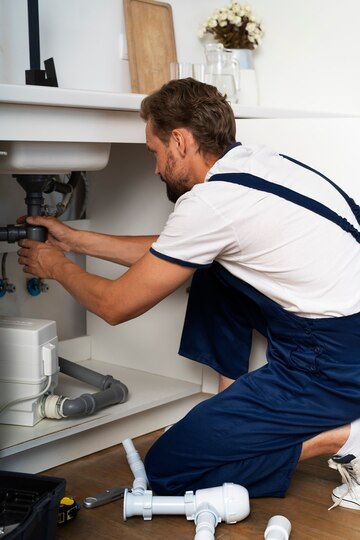
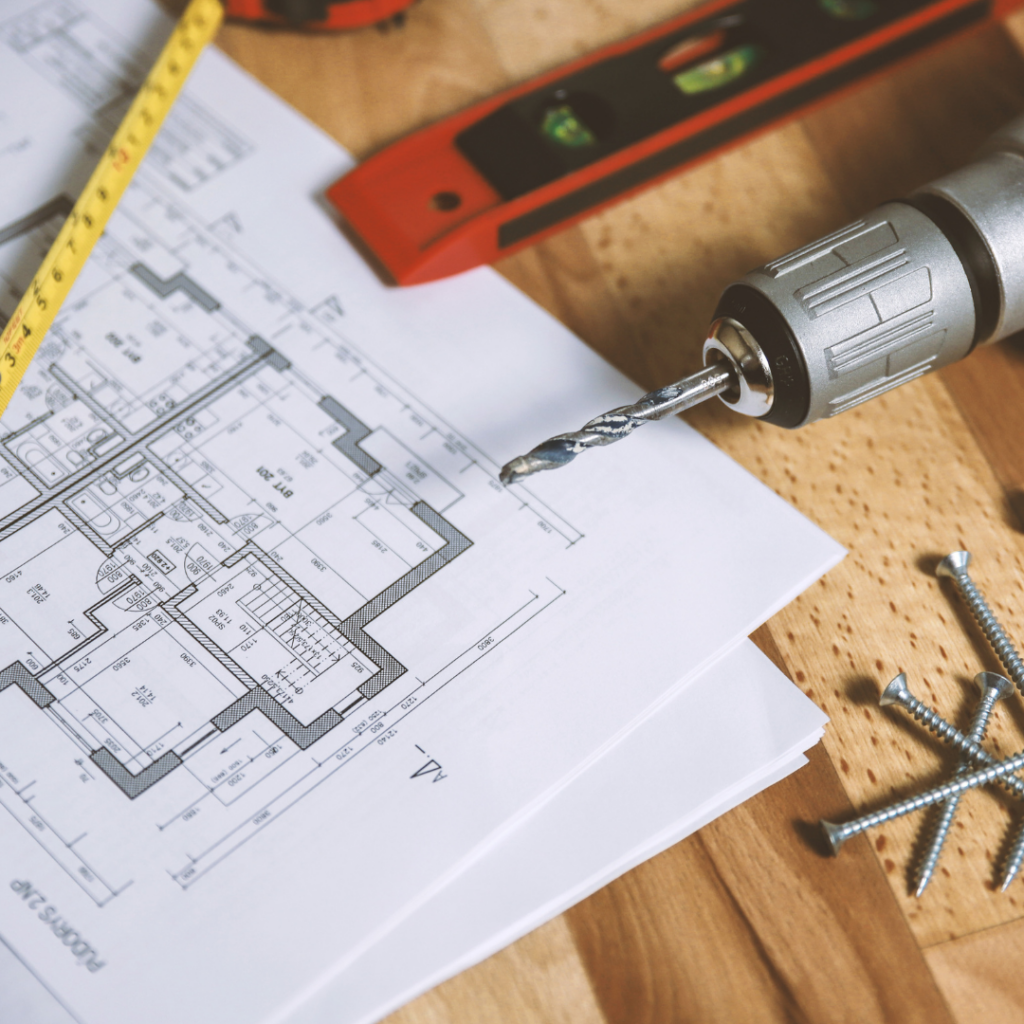
There are numerous crucial factors to consider when building or remodeling a house. Plumbing installation is one of the most important but sometimes disregarded. For your home’s water and waste disposal to be used safely and effectively, proper plumbing installation is crucial. The significance of plumbing installation, the various kinds of plumbing systems, and the procedures involved in the installation process will all be covered in this blog post.
The Importance of Plumbing Installation
Installing plumbing is an essential part of any construction or remodeling job. A house would not be able to operate correctly without adequate plumbing, endangering the residents’ health and safety. Plumbing installation entails setting up fixtures, appliances, and pipes intended to eliminate waste and sewage in addition to transporting and treating water.
The importance of plumbing installation can be attributed to numerous factors. It guarantees that your home’s water supply is pure and safe, to start with. Plumbing systems are intended to purge the water of impurities and pollutants so that it is suitable for bathing, cooking, and drinking. Furthermore, water damage and mold growth can be expensive and time-consuming to repair; these issues can be avoided with appropriate plumbing installation.
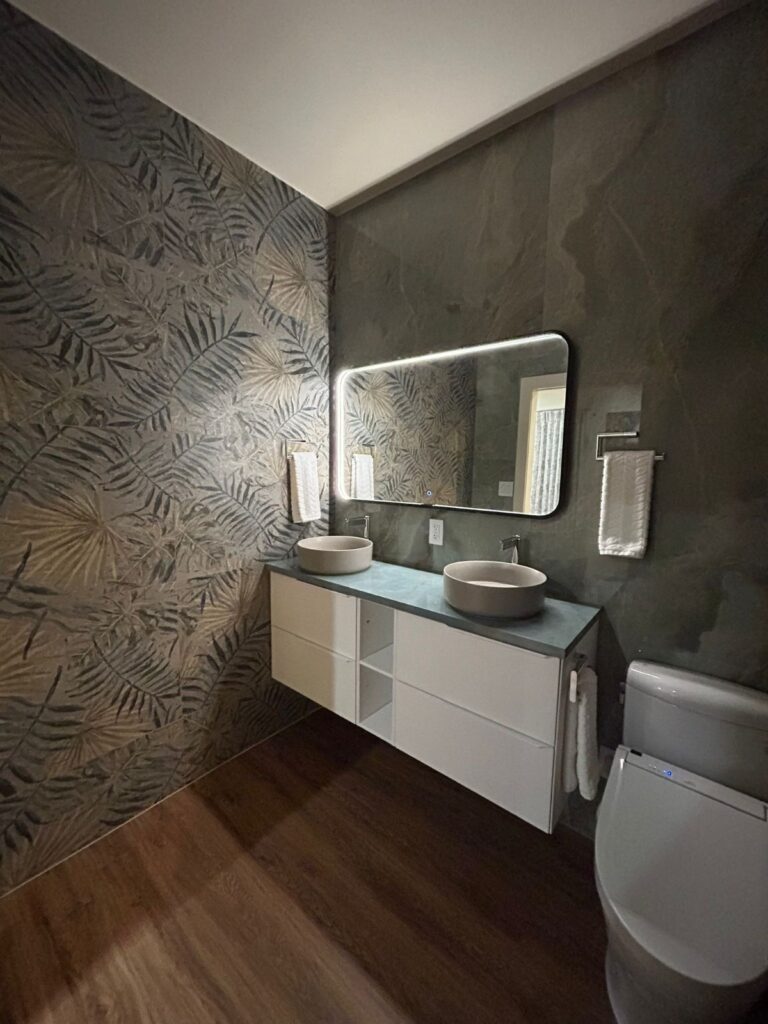
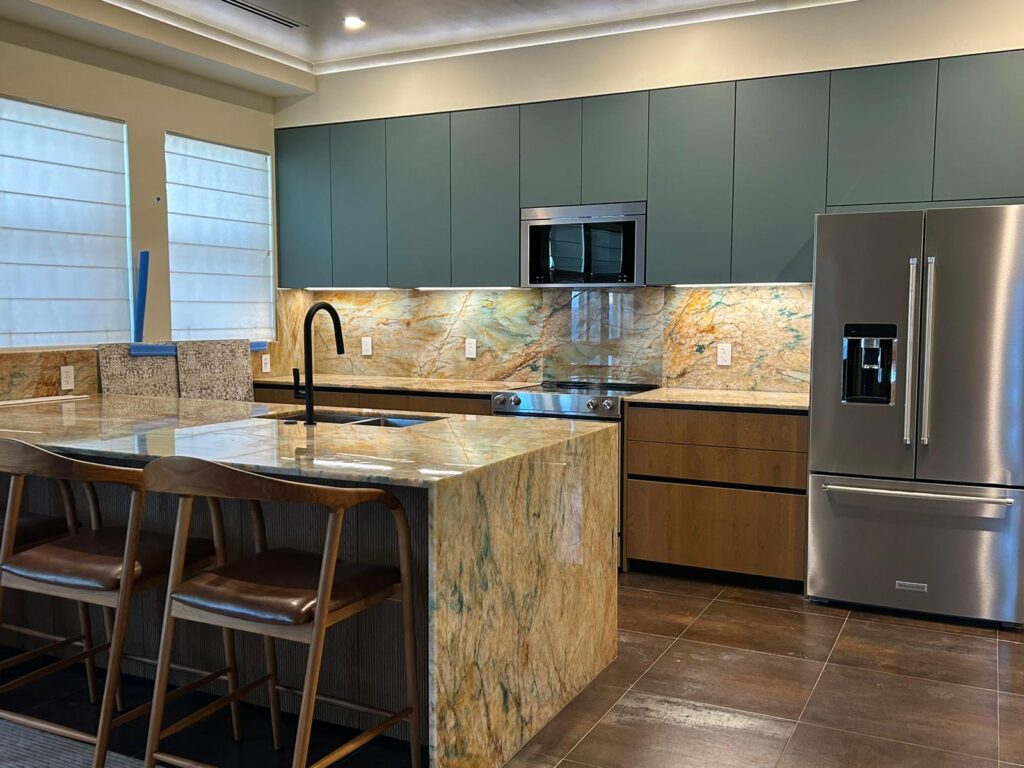
Ensuring proper removal of garbage and sewage is another crucial purpose for plumbing installation. The purpose of plumbing systems is to move waste and sewage out of the house and into a municipal sewer or septic system. This lessens the possibility of bacterial and other pollutant accumulation, which can be extremely harmful to one’s health.
Types of Plumbing Systems
Plumbing systems come in a variety of forms, each with special qualities and advantages. Among the most prevalent kinds of plumbing systems are:
- Gravity-fed systems: These systems rely on gravity to transport water and waste through the pipes. They are commonly used in older homes and are often less expensive to install than other types of systems.
- Pumped systems: These systems use pumps to transport water and waste through the pipes. They are commonly used in newer homes and are often more efficient than gravity-fed systems.
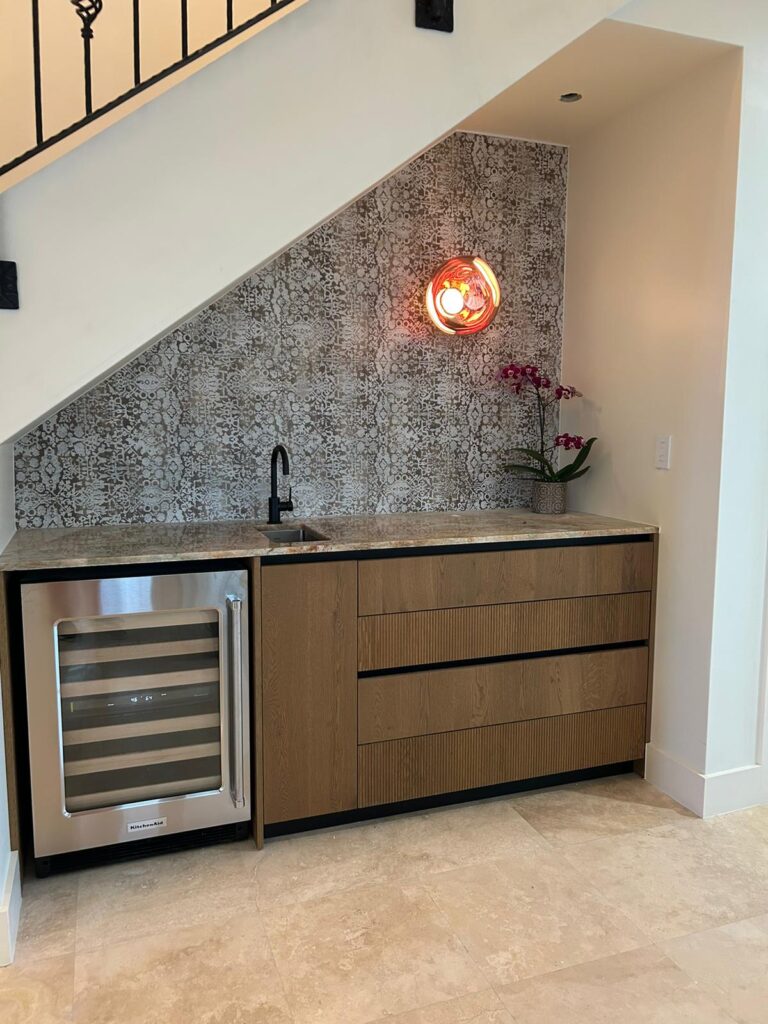
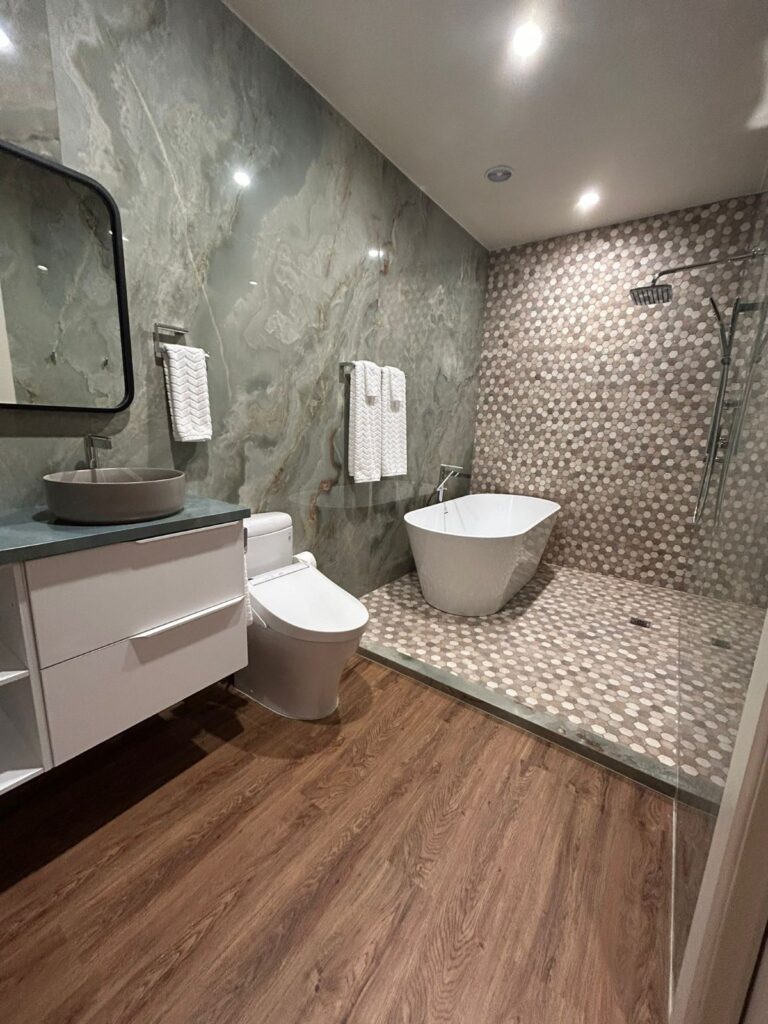
3. Combi systems: These systems create a single unit that distributes hot and cold water throughout the house. They are frequently more energy-efficient than separate hot and cold-water systems and are frequently found in smaller dwellings.
4. Systems that are sealed: These are made to keep water out of the house in case of a leak or other disaster. They are frequently utilized in residences with elevated water tables or in regions that are vulnerable to flooding.
Conclusion
The significance of plumbing installation and, the various kinds of plumbing systems involved in the installation process have all been covered. In order to ensure the safe and effective use of water and waste disposal in your home, plumbing installation is a crucial part of any building or renovation project. You can make sure that your plumbing system is built and installed to satisfy your demands and give you years of dependable service by being aware of the many kinds of plumbing systems and the procedures involved in installation.
If you require a plumbing installation or repair/renovation please feel free to contact the GPE services at +1-345-936-7263 or Email us at: info@gpepro.com.

